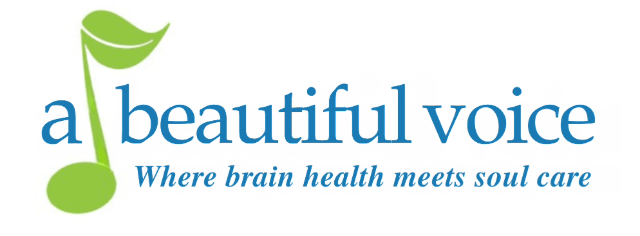“Ageism refers to the stereotypes (how we think), prejudices (how we feel) and discrimination (how we act) towards others or oneself based on age.” – World Health Organization
According to a report published by NIH, when ageism is combined with the stigma of dementia, it is associated with higher rates of discrimination and poorer quality of life. But, as Michelle Bachelet, UN Commissioner on Human Rights, states in the featured meme, our biases are so ingrained in our policies, laws, and institutions that we do not recognize the detrimental effects on our dignity and our rights.
Yes – it’s time to educate ourselves and challenge these biases. If you are ready to see the world through a more informed lens, let’s dive into this fact-filled TED Talk. And don’t be shy about joining the conversation! According to WHO, one in two people is ageist.
Can we be reminded of these facts too often when they are so important?
Even if you have viewed it before, take another look at Ashton Applewhite’s important Ted presentation on ageism for which she received a well-deserved ovation! Brava, Ashton! It is so worthy of 11.38 minutes of everyone’s time!
Will seeing it again startle us into a realization of just how deeply ingrained in our psyches this “ism” is? When we become conscious and fully aware of the dangers of Ageism, do we accept its detrimental effect not only on the care of our older loved ones, but also its impact upon ourselves as caregivers? No! It can be dangerous … even deadly, as stated in the Ageism Facts provided by ASA below the recording. (11.38 minutes)
There are many forms of ageism, including these:
- Internalized: how we feel about ourselves as aging people; and ageism in which older adults marginalize and discriminate against other older people (Tracey Gendron, gerontologist).
- Implicit: The unconscious bias that includes attitudes, feelings and behaviors toward people of other age groups that operates without conscious awareness or intention (Becca Levy, PhD).
- Cultural: The everyday, invisible, profoundly ingrained and normalized negative messages about aging and old people embedded in movies, TV, songs, jokes, etc. (Tracey Gendron).
- Benevolent: Patronizing, paternalistic beliefs that older people need to be protected and taken care of by younger people, because they are no longer able to make decisions for themselves.
Ageism is the most widespread and socially accepted form of prejudice. On a global scale, one in two people is ageist (World Health Organization).
Ageism intersects and exacerbates all the other “isms,” including racism, sexism and ableism. Multiple intersecting forms of bias compound disadvantage and worsen the effects of ageism on individuals’ health and well-being (WHO Ageism Report).
Ageism and age stereotypes are often internalized at a young age— long before they are relevant. Even by age 3, children are familiar with age stereotypes, which are reinforced over their lifetimes (Flamion et al., 2020).
Ageism affects our health. Older individuals with more positive selfperceptions of aging live 7.5 years longer than those with less positive self-perceptions of aging (Levy, 2002).
Ageism harms our financial well-being. Older workers face longer periods of unemployment, discrimination during the hiring process, and fewer professional development opportunities (U.S. Equal Employment Opportunity Commission, 2018).
Ageism harms our economy:
- AARP estimated $850 billion in lost gains to the Gross Domestic Product as a result of involuntary retirement, underemployment and unemployment among older workers (AARP, 2020).
- Levy and colleagues (2020) estimated that $63 billion in healthcare costs, or $1 out of every $7 spent on the 8 most expensive health conditions among people ages 60 and older, are due to ageism (Levy et al., 2020).
Think this doesn’t affect you?
AGEISM in American medicine and society is a matter of life and death, as dangerous as any incorrectly prescribed medicine or slipped scalpel. These negative stereotypes often result in less effective care, such as denial of treatment options, under-diagnosis of depression, and mismanaged pain (AARP Bulletin, 2010).
Ageism in media remains pervasive. A study found that only 1.5% of characters on television in the United States were older people, and most of them had minor roles and were often portrayed for comic effect, drawing on stereotypes of physical, cognitive and sexual ineffectiveness (WHO Global Report on Ageism, p. 27).
Credits:
Printed information was provided by The American Society on Aging for its annual observance of Ageism Awareness Day in October 2022.
About the American Society on Aging The American Society on Aging unites, empowers and champions everyone striving to improve aging. Since 1954, ASA has developed and led the largest, most diverse community of professionals working in aging in America. As a result, ASA has become the go-to source to cultivate leadership, advance knowledge and strengthen the skills of our members and others who work with and on behalf of older adults.
For further information about ASA, visit www.asaging.org.
Posted by: Susan Troyer, BA, MS



Leave A Comment